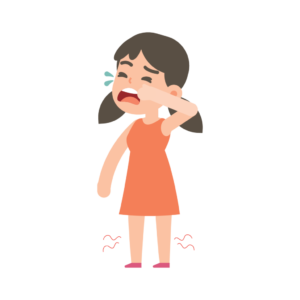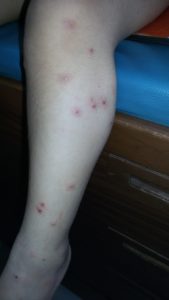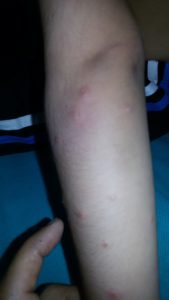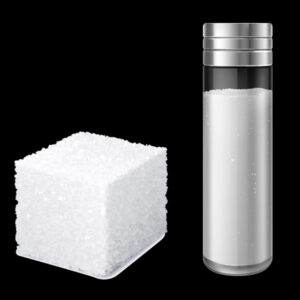
A ‘Rash’ Of Hand Foot Mouth Disease!
nathaniclinic1
January 27, 2018
Of late (over the last month or so), I have been seeing a crop of cases of hand, foot, and mouth disease. Apart from having a very fancy name and a very descriptive one, this disease is a common viral illness that usually affects infants and children less than ten years of age and tends to occur in minor epidemic forms throughout the year. This disease should not be confused with foot and mouth disease that occurs in cattle, sheep, and swine and are totally different from each other. Neither humans nor animals can infect each other, unlike flu.
How do you get this disease?
This disease usually occurs in children < 10 years of age. The younger the patient, the worse are his symptoms. This is transmitted from one infected human to another and can occur via:
- Droplet infection (inhaling air in which a patient has sneezed or coughed)
- Close contact with an infected person.
- Contact with feces (usually food and water contamination)
- Contaminated objects and surfaces (usually by the person sneezing or coughing onto the surfaces).
A person with this disease is most contagious in the first week of the illness. It is possible for a person to transmit the disease and yet show no signs of the disease oneself (carrier state).
It is possible to get this disease more than once since immunity is developed only against one type of virus and many types of viruses can cause this disease.
Typical Features of Hand Foot Mouth Disease
Like most common childhood illnesses, it usually starts off as fever, the child does not look well, starts eating poorly, and may develop a sore throat. She may

develop sores in the mouth, that is initially red, then blister, and then may go on to ulcerate Then over the next 24 – 48

hours, the child may develop a rash on the hands and feet that may blister. This rash may be seen on the genitals or on the buttocks too. However, some patients have only oral lesions.
Because of pain due to mouth sores, the child’s intake goes down dramatically, and if the child is not fed then may develop significant dehydration. If your child has not passed any urine for the last six hours you should visit the emergency department nearest you
Complications
Complications are extremely rare but one can get:
- Aseptic meningitis: Rare, In addition to fever, there may be headaches, stiff neck, or backache.
- Encephalitis: Much rarer, similar symptoms.
- Loss of nails: Uncommon usually within a month of getting the disease. No treatment is required since the nails grow back.
Prevention
- Do not send your child to school for at least a week after the rash has disappeared
- General hygienic measures:
Treatment
- Treat fever and pain. Remember NEVER GIVE ASPIRIN to a child younger than 18 years
- Cold foods like icecreams or soft foods like khichri or idlis are better. Sometimes, mouthwashes can numb the pain (on guidance by your child specialist only!)
Our Consulting Specialities
Recent Posts


Subscribe Our Newsletter
The premier children’s clinic and general vaccination center in Chembur, Mumbai
Make an Appointment
- 8 AM - 8 PM , Monday - Saturday
Call Us Today
9987084813
Online Doctor Consultation Nathani Clinic
Copyright © 2024. All rights reserved.


